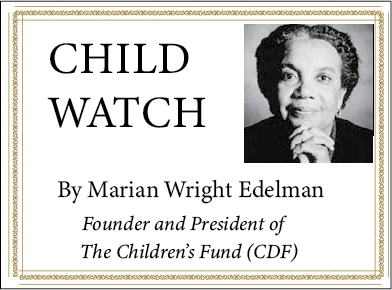
by Shawn Nowlin
The best way to tackle serious issues regarding the welfare of individuals, is to address them head on. In the late 90s there were reportedly close to a 1,000 homeless people in Roanoke and surrounding areas.
Last year studies showed the number declined considerably to 527. The inescapable truth about homelessness is that many people are simply a few bad breaks away from ending up in such a predicament. Everyone needs a safety net from time to time whether it be emotionally, spiritually or financially.
While the Rescue Mission has unquestionably provided resources to thousands of people over the years, recently it has received negative scrutiny on a variety of issues. By expanding its normal business hours, the mission said it “will allow men to stay at the shelter all day.”
Paradise Cathedral Church on Melrose in northwest, along with countless other organizations–recently decided to be part of the solution to combat Roanoke’s homelessness problem. Church head Bishop Joseph Mayo suggested that his church could hold a sizable amount of individuals due to its location and size.

When describing what a day living in the Rescue Mission is like Shawn Nichols responded, “They let us in the building about 4:30 p.m. and we have dinner normally two hours after. The day room in which we wait, has lockers that most people use. After dinner we go to the chapel for about an hour. Later we get to shower before bedding down. No exceptions are made.”
Grover Price, who runs The Hope Center, a social services center on 11th Street northwest recently started driving around the city to offer assistance to those in need—especially considering Winter weather that adds complications to the equation. Aside from providing shelter, Price says he and others also have intentions of feeding Roanoke’s homeless and making a concerted effort in finding them a job.
Some people subscribe to the narrative that those who end up homeless are completely responsible for their situation. However, the reality is that there are many factors that often affect a person’s situation.
Surprisingly Tyler Perry (film mogul), comedian Steve Harvey, actor Idris Elba, psychologist Dr. Phil and Grammy nominated musician Ryan Leslie were all homeless at one point but made the most of the resources available to them before eventually becoming success stories.

It is worth mentioning that: one in five homeless people suffer from untreated severe mental illness; one quarter of all homeless people are children and domestic violence is the leading cause of homelessness among women.
Through serious collaborative efforts and long-term applications, such human adversity can at least be minimized if not eradicated in this area.




